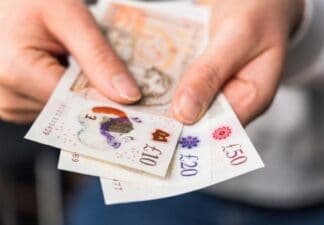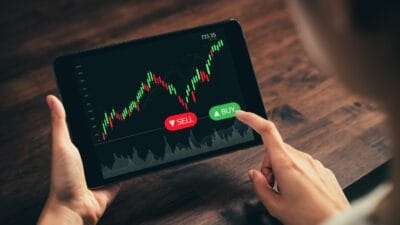Insurer Aviva (LSE: AV) topped the FTSE 100 risers board last Thursday — up 2.7% on the publication of its annual results.
For much of the 21st century, I didn’t consider this company to be a particularly strong candidate for long-term investment. However, my view changed dramatically a couple of years ago.
Today, I’d like to tell you about what changed my mind, how Aviva has performed since, and why I think the company may well be a leopard that’s changed its spots.
Inconsistency
Aviva was created by a spate of mergers in the UK insurance market around the turn of the century. In 1998, Commercial Union and General Accident merged to form CGU. And in 2000, CGU merged with Norwich Union to form CGNU — which then changed its name to Aviva in 2002.
By 2012, the company had cut its dividend on three separate occasions. It’s currently on to its fifth CEO and additionally has had two spells under two different chairman who assumed executive duties when the company was CEO-less.
Expansions into new business areas and geographies by one CEO have sometimes been reversed by another. For example, the RAC breakdown business was bought for £1.1bn in 2005 and sold for £1bn in 2011. And a US business bought for $2.9bn in 2006 was sold for $1.8bn in 2012.
As the dividend record, boardroom turnover and strategic tinkering might suggest, Aviva has been a business that’s struggled to deliver consistent returns for investors.
New CEO
On 6 July 2020, Aviva announced that CEO Maurice Tulloch had stepped down for family health reasons, and that it was appointing Amanda Blanc as its new CEO with immediate effect.
I thought Blanc’s CV was impressive. She had vast experience in the insurance sector, including nine years in various management roles at Commercial Union, and 11 years in two stints at AXA, rising from a regional director to Group CEO AXA UK & Ireland.
Insight
Having spent the best part of her career working for Aviva’s competitors, I thought Blanc would have a very good insight into the group’s strengths and weaknesses.
Furthermore, after being appointed a non-executive director of Aviva at the start of 2020, she’d had six months to see the company from the inside before Tulloch’s sudden and unexpected departure.
Crystal clear
On paper, Blanc appeared to have excellent credentials for improving Aviva’s performance. But what really grabbed me was her first presentation to City analysts. This was on the day of Aviva’s half-year results in August, just four weeks after she became CEO.
There was to be no protracted strategic review. She was crystal clear on how she wanted to take Aviva forward, and her strategy wasn’t complicated.
Impressive
Blanc was going to focus investment on Aviva’s market-leading positions in the UK, Ireland and Canada. Sell businesses in Europe and Asia, if they weren’t capable of delivering strong returns on investment. And transform business execution, financial strength and shareholder returns.
And she was going to do it at pace.
I wrote at the time that I hadn’t been as impressed by a first presentation from an incoming Footsie CEO since Dave Lewis debuted as the new Tesco boss in 2014. And let me say, I spend far too many hours a week dialling in to company presentations and conference calls (yes, I’m that much of a stock market saddo!) to be easily impressed.
Transformation
Having set out her stall, Blanc put her money where her mouth was. She bought £1m of Aviva shares in the market at a price of 308p.
In hindsight, I regret I didn’t act on my good impression and immediately follow her lead. But even I’ve been surprised by the speed and aplomb with which she’s transformed the company.
Within 18 months, she sold eight non-core businesses for good money. The £7.5bn proceeds were used to strengthen Aviva’s balance sheet, make a £3.75bn capital return to shareholders, with an additional £1bn return via a share buyback programme.
New Aviva
The company has come into 2023 with a commitment to deliver attractive and sustainable dividends. The running yield is currently 7.3%.
Its capital framework is generating plenty of surplus cash for reinvestment in the business, disciplined bolt-on acquisitions in its focus growth areas, and additional shareholder returns. The board’s just launched a further share buyback programme of up to £300m.
There are no guarantees, but after two decades of inconsistent performance for investors, I think Aviva may well be a leopard that’s changed its spots under Blanc’s astute leadership.








